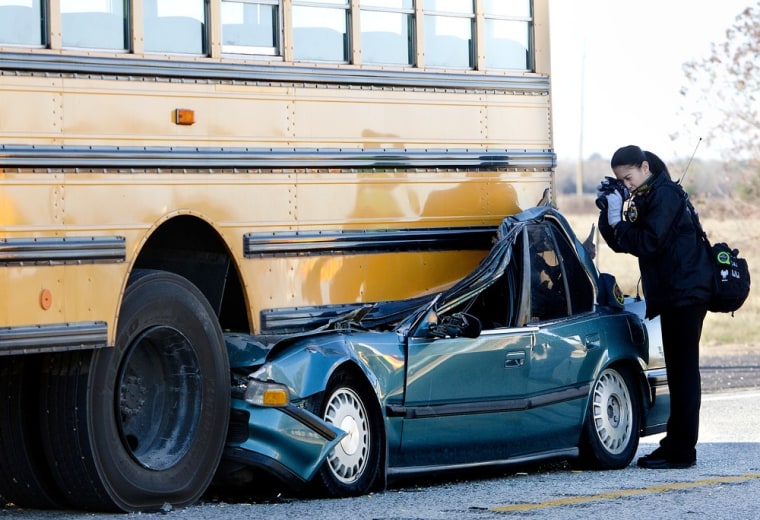After an unexpected and worrisome jump in highway deaths last year, preliminary federal figures indicate the numbers fell sharply during the first three months of 2013.
The government also lowered its road death count for all of 2012, though the adjusted numbers were still the worst in four years and marked the first time since 2005 that fatalities rose for a full year. An increase in pedestrian and motorcycle deaths – particularly in states where helmet laws have been dropped – contributed to last year’s unexpected surge.
Read more: Shake up at Renault/Nissan after Senior Exec Says He'd Like to Head GM or Ford
According to the National Highway Traffic Safety Administration, an estimated 7,200 people died in traffic accidents during the first quarter of 2013. By comparison, 9,300 died during the first three months of 2012, according to revised NHTSA numbers. It’s the second consecutive quarter that fatalities declined.
With an increase of 4.4 percent , 2012 was the worst year for highway fatalities in four years, a U.S. total of 33,780.
Read more: Even as Economy Rebounds, Americans Drive Less
Experts have debated the reasons for the increase. Beyond the helmet-related motorcycle issue, they point to unseasonably warm weather during the previous winter which led to an overall increase in driving, particularly in the Northeast. Indeed, fatalities during the winter of 2013 were up 12.3 percent compared with the prior year.
Significantly, this year’s colder winter weather appears to have kept more motorists indoors, which may have contributed to the decline in fatalities.
Read more: Toyota's Next-Gen Hybrids Will be Cheaper, More Fuel-Efficient
Highway fatalities had dipped to a 60-year low in 2011. Between 2005 and 2011 they declined 26 percent, from to 32,367 from 43,510.
Read more: Honda Tests Ways to Reduce Motorcycle, Pedestrian Fatalities
Transportation analysts credit a variety of factors for the general decline in highway fatalities in recent years: The latest statistics from the Federal Highway Administration show that Americans are driving less – an average 820 miles a month as of mid-2012, down from a peak of 900 miles a month in mid-2004.
Also, today’s cars are considerably safer due to expanded use of both passive safety technologies, such as crash cells and side-impact airbags, as well as active safety systems designed to prevent a crash in the first place. Seatbelt use is also at a record high.
Read more: What American Cities are the Safest to Drive in?
New laws aimed at distracted driving issues like texting have also gotten some credit, as has increased enforcement of impaired driving laws. Heading into the annual Labor Day holiday weekend, NHTSA and the new Department of Transportation Secretary Anthony Foxx announced a new “Drive Sober or Get Pulled Over” national drunk driving crackdown.
Read more: Driving? Riding? Make that Co-Piloting Nissan's Autonomous Vehicle
